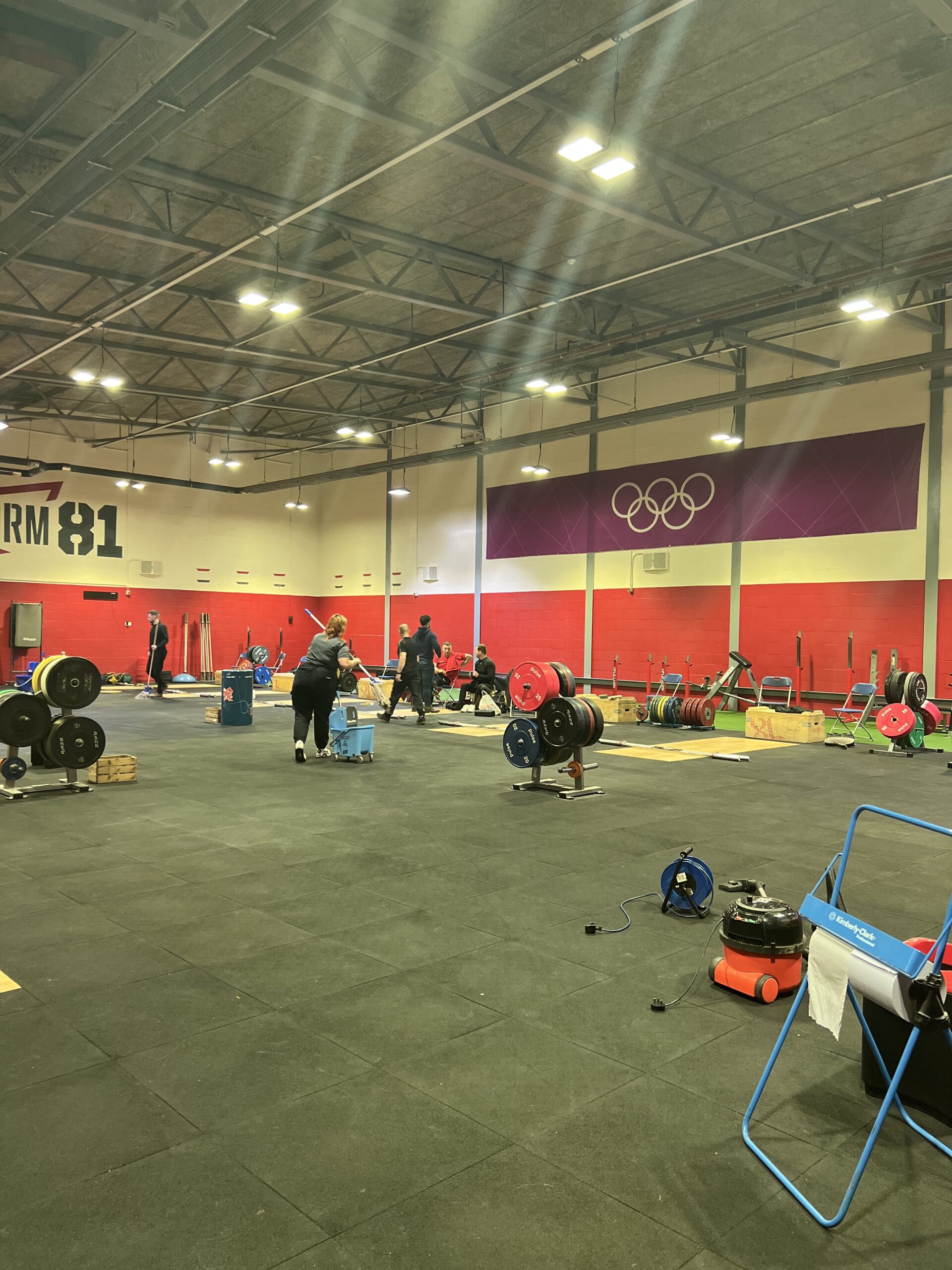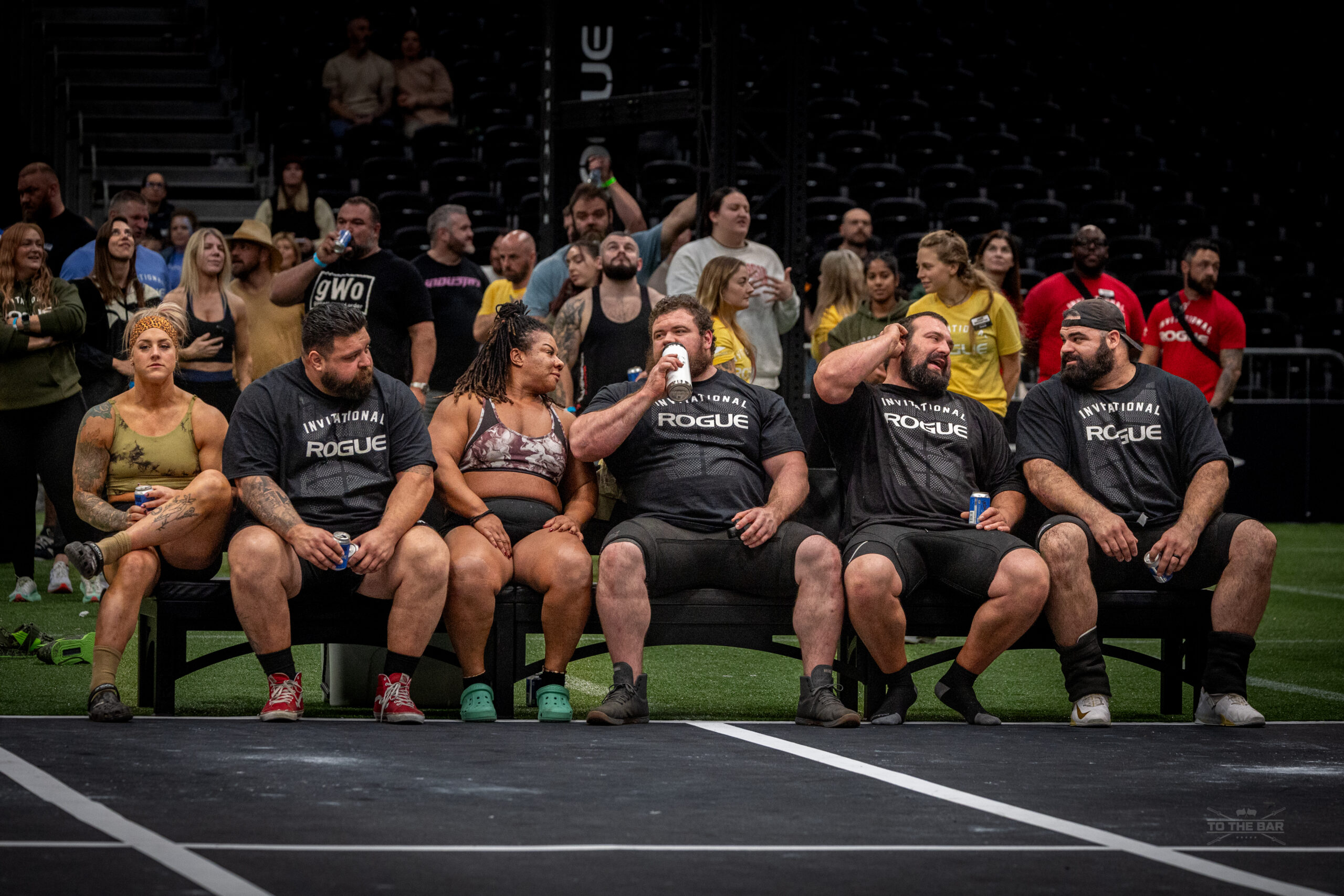Paris Olympic Games 2024
We’re just over a year away from the start of the next Olympic Games and thankfully, weightlifting will once again be back on the programme for Paris 2024. It’s exciting, but this time, it’s also a little different….
In total, 120 different athletes will get the opportunity to compete across 10 categories (5 female groups and 5 male – if you want to see how these categories are broken down, you can do that here, on our bodyweight categories page). This is a reduction of 76 athlete spaces and 4 less bodyweight categories than the previous Tokyo games and a whopping 140 less athlete spots in comparison to the previous games in London and Rio.
So, how does your favourite athlete snap up one of those coveted 120 spots on the platform? Well, first, they need to qualify for the competition. Now, qualification has never been easy for the Olympics, but this year, the requirements are that much more intense – and there’s a reason for that which we’ll come to shortly.
Before we get to that though, a little more on those precious 120 spots.
So, as the host country France go ahead and get an automatic allocation of 4 spots. 2 for the men and 2 for the women. There will also be 10 quota places reserved for continental representation and 6 quota spots for universality places which will be decided by the tripartite commission in 2024 (see the bottom of the blog for more info on continental and universality places) – so, that’s 20 spots gone – poof!
Now, to add another layer, each national Olympic committee will only be able to qualify one athlete per weight class and only 3 per gender across all the weight categories, this is down from 4 in Tokyo. This is what makes watching some of the qualifying events so exciting in my opinion. Watching teammates like Jourdan Delacruz and Hayley Reichardt battle not only against all the other athletes in the 49 category, but now even more so, battling against one another to be that top athlete for team USA. 1kg’ing one another every time they step on the platform… however…. I digress…
So, what does YOUR favourite athlete need to do, to secure one of those spots? Well…
To be eligible the athletes and national Olympic committees (NOCs) will be required to comply with the following:
1 – Athletes must be born on or before 31 December 2009.
2 – Athletes (including those from the host country and those who may be eligible for the Universality quotas) must participate in the 2023 IWF World (Senior) Championships and 2024 IWF World Cup
3 – Athletes must participate in a minimum of three of the following events (athletes from the host country and those who may be eligible for the Universality quotas must participate in at least two):
- 2022 IWF World (Senior) Championships/Q4 2022
- 2023 Continental (Senior) Championships (or Continental Senior Games if they are officially replacing the Continental Senior Championships) / Q1- Q2, 2023
- 2023 IWF Grand Prix I / Q2-Q3, 2023
- 2023 IWF Grand Prix II / Q3-Q4, 2023
- 2024 Continental (Senior) Championships, Q1-Q2, 2024
4 – Athletes and their NOCs must be clean in terms of Anti-Doping Violations.
*According to the explanation of IWF, for the avoidance of doubt, participation does not require an athlete to compete at the event – just show up, weigh in, be available for drug testing.
The qualification period for Paris began on 1st August 2022 and concludes on the 28th April 2024.
The qualification period results (QPR) are live now on the IWF website, so you can check up on your athletes and see where within those top ten spots they’re currently sitting.
The OQR is based on the best single result (snatch, and clean and jerk combined total) the athletes manage to lift in the seven competitions previously mentioned. for example if one athlete decided to lift at all 7 qualifying events, the event in which they made their highest total, would be the result used to rank them in the Olympic qualifying results, not the results from the other 6. One athlete per NOC will be ranked on the OQR, which will be the highest-ranked athlete per NOC in each weight category. If two or more athletes record the same total result in the same Olympic weight category, they will be ranked according to whoever achieved the result first.
In accordance with the ranking, the top 10 athletes of each weight category will be allocated their quota place.
If an athlete ranks in the top 10 for more than one weight category, the NOC involved must declare to the IWF which event the athlete will compete in at Paris 2024 by 10 May 2024. If a NOC has more than three athletes per gender across different weight categories in the top 10 of the ranking, the NOC must declare to the IWF which athletes they decide will be allocated the Olympic quotas.
So, even if they get a spot, your favourite athletes home nation still might not take them over to that Paris platform! Devastating, I know….
The reason I’m finding the qualification battles so fascinating this time, is because of the underlying reason and the impact that’s having on the athletes. So, why has the qualification changed?
Well, to be blunt, its because of all the gear.
Weightlifting as a sport is in dire need of proving itself to the international Olympic committee, and the best way of doing this is by having additional compulsory testing of all the athletes who are potentially going to show up on that platform. By mandating the athletes attend a minimum number of qualification events, they’re forced to provide samples regularly across the two year period. Leaving very little space for individual or state sponsored doping (though we all know its still going to occur). These anti-doping check points across the qualification period are not the only safety net for doping however. Each home nation is expected to randomly drug test their athletes (side note Mattie Rogers is the most randomly tested athlete in weightlifting, for her age and length of time in the sport, having been asked for 61 samples, 4 of which were in the same month!).
A side effect of these qualification period events is the impact they have on the athletes training blocks. As we’ve just seen with the IWF grand prix in Cuba, it is not possible for all the potential Olympic athletes to peak for each of these events, nor would that be wise. So it seems that many of them are making the same, if not similar decisions. The Cuba grand prix saw many of the best lifters withdraw after making just one lift of each the snatch and clean & jerk, or indeed withdraw without taking to the platform. Simply arriving and weighing in. As the year progresses we might find more examples of competitions where our favourite athletes are listed on the start sheet, but don’t take to the platform… it’s a delicate balancing act between attending each of the prescribed events, achieving one very good total to qualify in the top ten for the weight class, and giving themselves enough opportunities to peak again and hit that total, if one competition doesn’t quite go their way.
It seems that the most interesting event on the horizon will be the Worlds in Saudi Arabia, starting on September 4th and running through to the 17th, as most of the hopeful Olympians have confirmed they intend on peaking for this event, and therefore battling amongst one another for that top spot for their chosen weight class for Paris….
Hopefully that’s made the qualification requirements a little clearer, I know it’s a lot to take in, but essentially, keep your eye on this webpage… whoever is in the top 10 spots for each class at the end of April, you’ll most likely see on that platform in August!
FROM IWF:
Via Continental Representation – 10 athletes, five men and five women
In order to achieve the widest possible representation across the IWF recognised Continental Federations (Africa, Asia, Europe, Oceania, Pan America), one quota place will be distributed to each Olympic weight category using the OQR and the criteria below:
The highest-ranked eligible athlete of a weight category representing an NOC whose continent is not in the Top 10 of her/his weight category, will be allocated a quota place.
In cases where more than one continent is not represented in the Top 10 of a weight category, then the highest-ranked eligible athlete of this weight category representing an NOC from these continents will be allocated a quota place.
If in any Olympic weight category the continental representation is already achieved, then the continental quota place will be reallocated.
Via Universality Places – 6 athletes, three men and three women
The International Olympic Committee (IOC) will invite all eligible NOCs to submit their requests for Universality Places. The Tripartite Commission will confirm, in writing, the allocation of Universality Places to the relevant NOCs after the end of the qualification period for the sport concerned.




